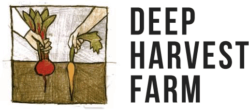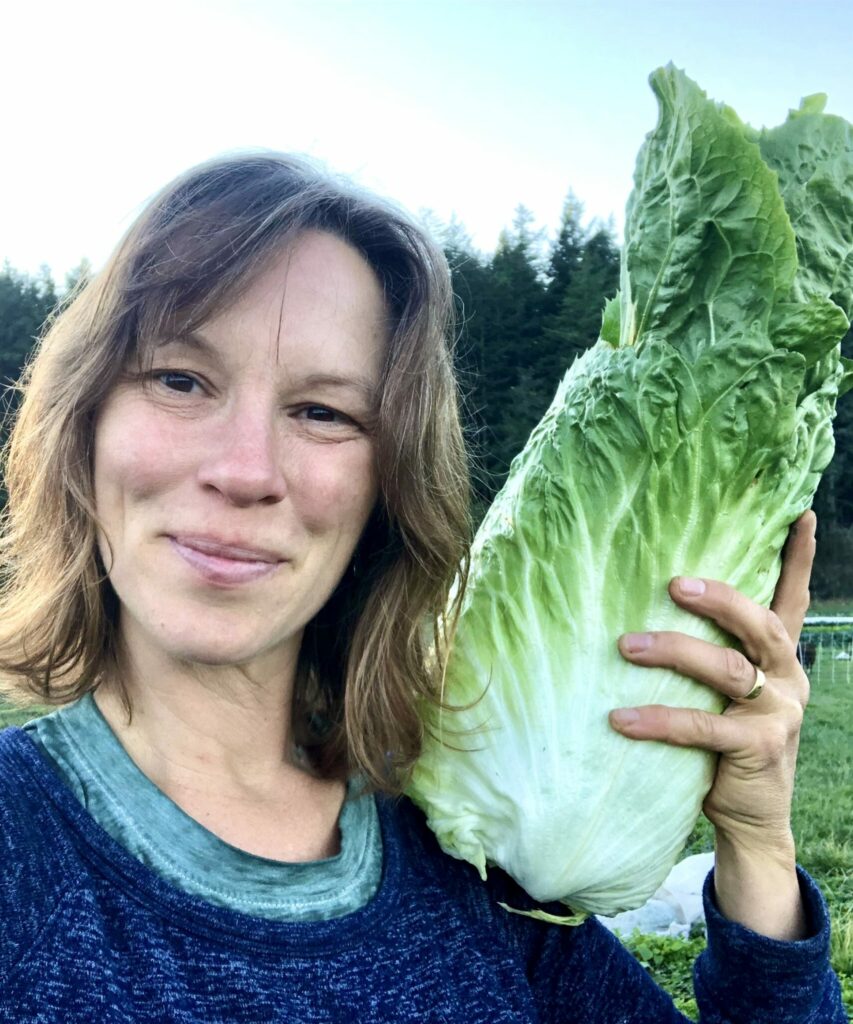| In case you didn’t know, chicories are all the rage. If you’re still in the dark, we forgive you, as the trend is still mostly limited to market farmers, food bloggers, and hip chefs. But that’s how all fringe greens get their starts, including kale and arugula back in the late aughts. A decade later, this motley crew of radicchio (Castelfrancos, Treviso, Chioggia, Verona, etc), sugarloaf, endive, escarole, and frisée, collectively known as chicories, are poised to eclipse the trendy greens of yore and make their mark on leafy history. And for good reason. Composed of three different species, the genus Chicorium boasts a wide diversity of cold-hardy, flavorful and aesthetically stunning greens that thrive in our cool, wet Northwest off-seasons. Their wide range of phytochemicals provide resistance to insect and fungal damage in the dank fall months compared to other greens. These secondary plant molecules also provide an endless array of bitter flavor profiles.
Local Roots farm in Duvall, has made a name for themselves by trialing dozens of chicory varieties from the Seeds of Italy catalog, identifying the best for our area and producing loads of these greens for the Seattle restaurant market. Seattle has in turn caught chicory fever and even started their own Chicory Week and Chicory Fest, modeled after the regional food festivals of Italy. Yes, these farmers, breeders, chefs and foodies have carved out an entire week to celebrate glorified dandilions. Are you sold yet? Hopefully you enjoyed your frisee salad this past week and are ready to dive deeper. This week’s share you get a head of Variegata di Castlefranco, known in Italy as “Orchid Lettuce” and “Winter Rose”. Dig in. |

